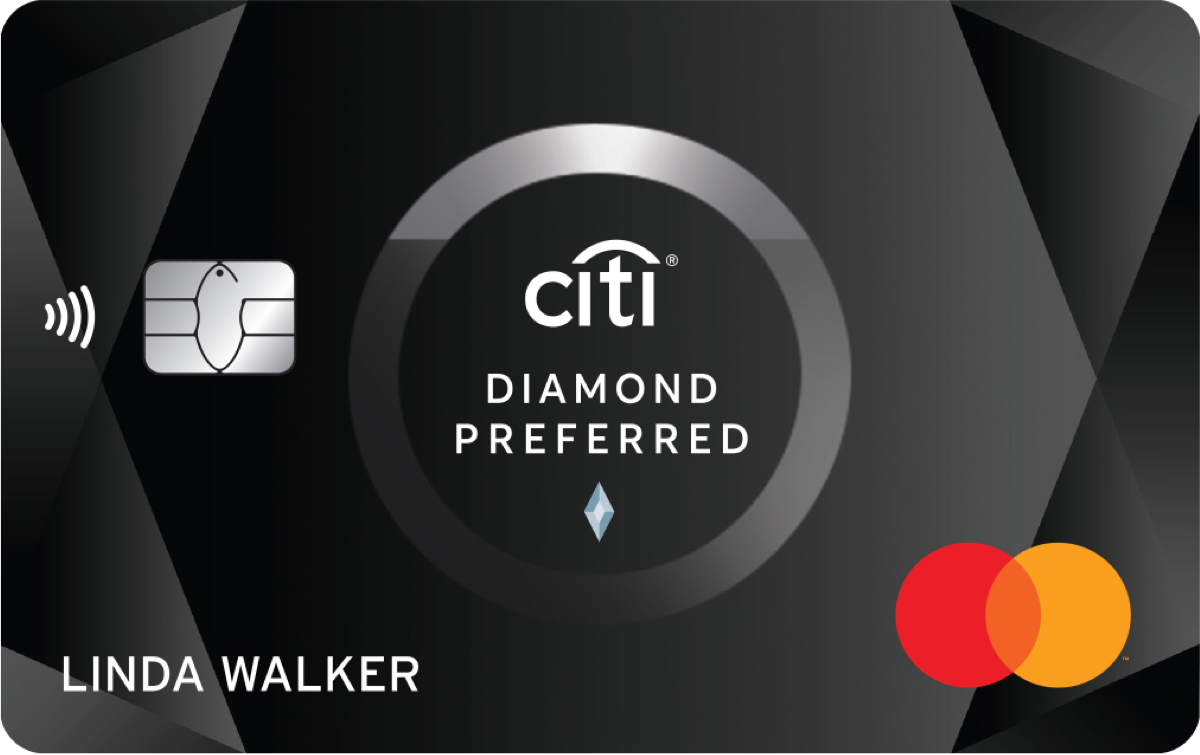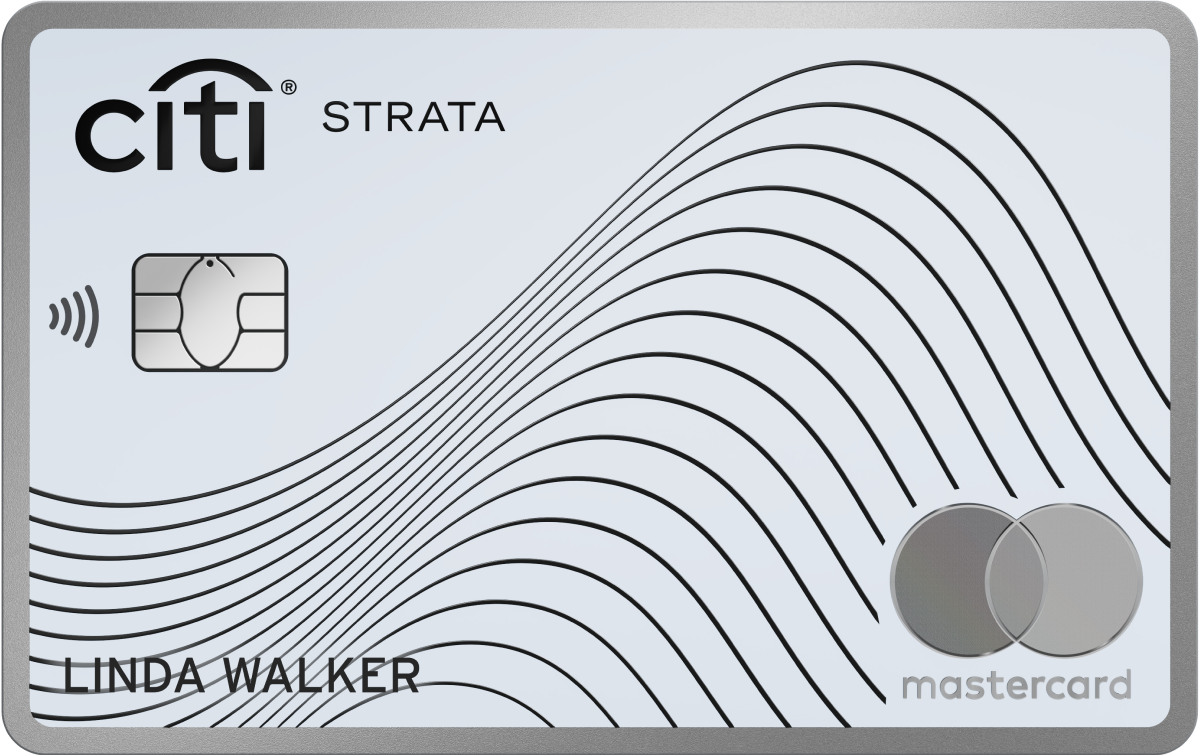The Basics of a Credit Card Balance Transfer
A balance transfer can be a powerful tool for getting a handle on high-interest credit card debt. By moving debt from one or more accounts to a new credit card with a lower—often 0% introductory—interest rate, you can significantly reduce the amount you owe over time. While this guide explains the balance transfer process in detail, it's just one piece of your overall credit strategy. For a broader overview of how to manage your credit, see our Ultimate Guide to Choosing the Right Credit Card.
How a balance transfer works
A balance transfer involves moving an existing debt from a high-interest account to a new credit card with more favorable terms. This new card will offer a promotional period (typically 12 to 21 months) during which you pay no interest.1. Assess your debt: Review your credit card statements to identify which balances have the highest Annual Percentage Rate (APR). Prioritize these for transfer to maximize your savings.
2. Shop for a balance transfer card: Look for cards that offer a lengthy 0% introductory APR period. You'll generally need good to excellent credit to qualify for the best offers, but options exist for those with average credit. For more on what influences your creditworthiness, explore our article on How Your Credit Card Affects Your Credit Score.
3. Calculate the costs: Most balance transfer cards charge a one-time fee, typically between 3% and 5% of the transferred amount. Weigh this fee against the interest you'll save during the introductory period.
4. Submit the transfer request: You can often initiate the transfer as part of your application or online once you are approved. You will need the account information for the cards you are transferring from.
5. Develop a repayment plan: Divide the total transferred balance (including the fee) by the number of months in the introductory period. This will give you the amount you must pay monthly to be debt-free before the promotional rate expires.
The benefits of a balance transfer
When used correctly, a balance transfer offers several distinct advantages.The risks and pitfalls to avoid
A balance transfer isn't without its risks, especially if you fall back into old spending habits.Is a balance transfer right for you?
A balance transfer is an ideal solution for those with a clear plan to repay their debt. If you are struggling with a debt avalanche and need to streamline your finances, it can be a powerful tool for taking control.If you don't have the credit score for a balance transfer card or you can't pay off the balance before the promotional rate expires, other options may be better. For those interested in maximizing the benefits of all their cards, including rewards programs, our guide on Maximizing Your Credit Card Rewards and Benefits offers more options.
After a balance transfer, it's crucial not to accumulate new debt. To that end, you should consider what led to the high-interest debt in the first place and use your new financial freedom to build a healthier relationship with credit.
Related credit card articles
Examples of Balance Transfer Credit Cards
Below is list of Balance Transfer Credit Cards that are available to apply for online.Citi® Diamond Preferred® Card

- 0% Intro APR on balance transfers for 21 months and on purchases for 12 months from date of account opening. After that the variable APR will be 16.74% - 27.49%, based on your creditworthiness. Balance transfers must be completed within 4 months of account opening.
- There is a balance transfer fee of either $5 or 5% of the amount of each transfer, whichever is greater
- Get free access to your FICO® Score online.
- With Citi Entertainment®, get special access to purchase tickets to thousands of events, including concerts, sporting events, dining experiences and more.
- No Annual Fee - our low intro rates and all the benefits don’t come with a yearly charge.
Citi Strata℠ Card

- Earn 30,000 bonus Points after spending $1,000 in the first 3 months of account opening.
- 0% Intro APR on balance transfers and purchases for 15 months; after that, the variable APR will be 18.74% - 28.74%, based on your creditworthiness. There is an intro balance transfer fee of 3% of each transfer (minimum $5) completed within the first 4 months of account opening. After that, your fee will be 5% of each transfer (minimum $5).
- Earn 3 ThankYou® Points for each $1 spent in an eligible Self-Select Category of your choice (Fitness Clubs, Select Streaming Services, Live Entertainment, Cosmetic Stores/Barber Shops/Hair Salons, or Pet Supply Stores). Choose your eligible Self-Select Category on Citi Online or by calling customer service. The default Self-Select Category is Select Streaming Services.
- Earn 5 ThankYou® Points for each $1 spent on Hotels, Car Rentals and Attractions booked on Citi Travel® via cititravel.com; earn 3 ThankYou Points for each $1 spent at Supermarkets, on Select Transit purchases, and at Gas & EV Charging Stations.
- Earn 2 ThankYou® Points for each $1 spent at Restaurants; earn 1 ThankYou® Point for each $1 spent on All Other Purchases.
- No Annual Fee
Found this guide helpful? Bookmark it for future reference as you continue your financial journey!
Experian Boost: A Comprehensive Guide to Boosting Your Free Credit Score
FICO® Credit Scores
FICO® Score Ranges:
- Exceptional: 800–850
- Very Good: 740–799
- Good: 670–739
- Fair: 580–669
- Poor: 300–579
What is a Credit Score?
A credit score is a three-digit number, typically ranging from 300 to 850, that predicts your creditworthiness—how likely you are to repay borrowed money on time. Lenders use this score to assess the risk of lending to you and to determine the interest rates and terms of any credit you might receive.
Why is a Credit Score Important?
A credit score is important because it acts as your financial reputation. Lenders, landlords, insurers, and employers use this single number to quickly judge how reliable you are with money. A higher score helps you qualify for loans and credit cards, often securing lower interest rates that can save you significant money. Conversely, a poor credit score can lead to application denials or much higher costs for borrowing, making it a key factor in your overall financial opportunities.
FICO® Credit Score Facts
- Three-Digit Number: Like other credit scores, FICO® Scores are a three-digit number that summarizes a consumer's credit risk.
- Range: Most standard FICO® Scores range from 300 to 850. Higher scores indicate lower credit risk.
- Data Source: FICO® Scores are calculated using data from your credit reports maintained by the three major credit bureaus: Experian, Equifax, and TransUnion. Your score may vary slightly depending on which bureau's data is used.
- Industry Standard: Lenders rely on FICO® Scores for mortgages, auto loans, and credit cards because they provide a consistent, statistically sound assessment of the likelihood that a borrower will repay their debt.
Note: Credit scores are used to represent the creditworthiness of a person and may be one indicator to the credit type you are eligible for. However, credit score alone does not guarantee or imply approval for any credit card product.
